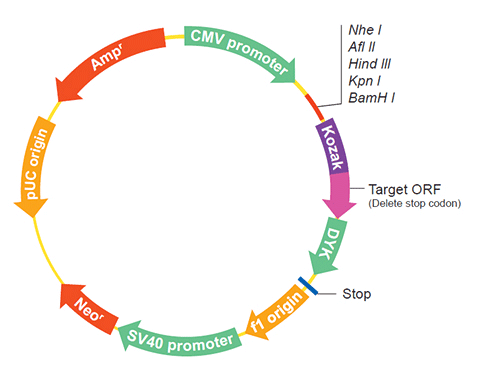| Gene Symbol | LENEP |
| Entrez Gene ID | 55891 |
| Full Name | lens epithelial protein |
| Synonyms | LEP503 |
| General protein information |
|
| Gene Type | protein-coding |
| Organism | Homo sapiens(human) |
| Genome | |
| Summary | The ocular lens is a tissue of epithelial origin and devoid of blood vessels and nerves. Cells of the lens epithelium are responsible for the growth and maintenance of the lens through mitosis, protein synthesis, and active transport of ions and metabolites across the lens capsule. Lens epithelial protein is expressed exclusively in lens epithelial cells and may play a role in cell differentiation. [provided by RefSeq, Jul 2008]. |
| Disorder MIM: |
HOME






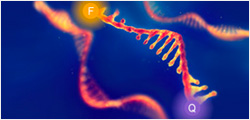



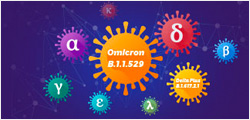
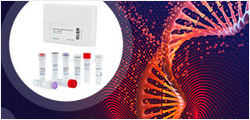






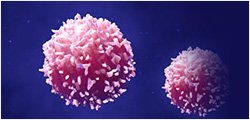








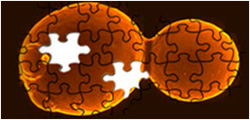















 User Manual
User Manual